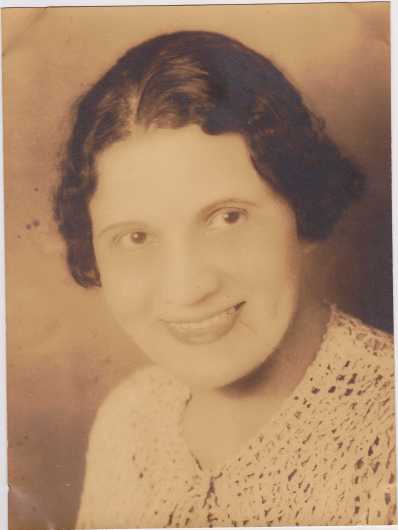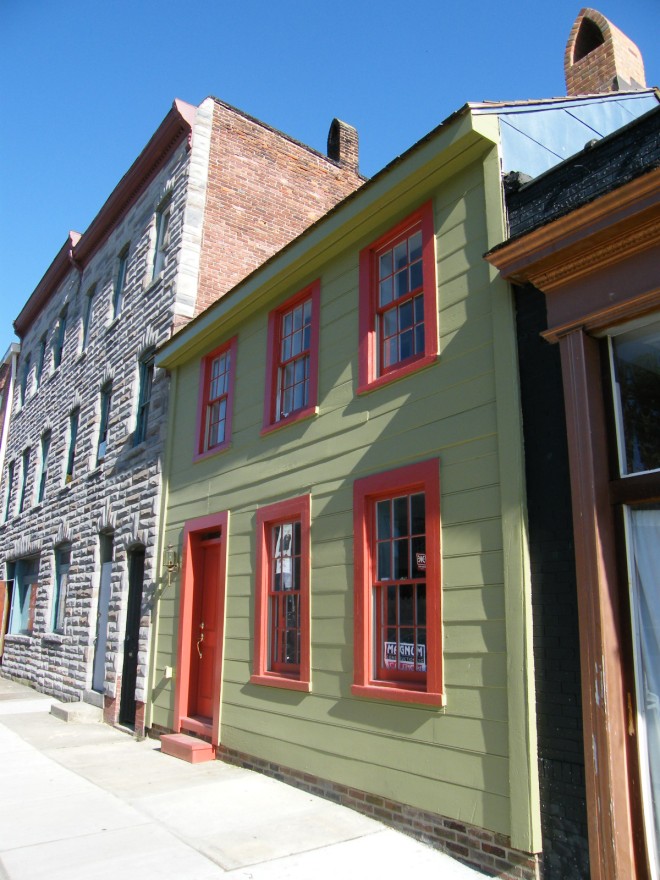By Kacy Rohn, Graduate Assistant Intern

Augusta Chissell. Photo courtesy of Mark Young.
Stories of the Maryland women’s suffrage movement have been forgotten at many historic sites, but it’s possible to reconnect some of this history through sources like The Baltimore Sun and organizational chronicles of suffrage groups. Though these contain valuable information, they often omit the efforts of African American suffragists and the places where they worked. This erasure is a symptom of a larger divide in the suffrage movement: as racial tensions rose during Reconstruction, many white suffrage groups excluded women of color. Even though Maryland’s first suffrage organization, the Equal Rights Society, was founded by a racially diverse group in 1867, the dominant groups of the 20th century suffrage movement were led by white women who typically distanced themselves from women of color. Continue reading


